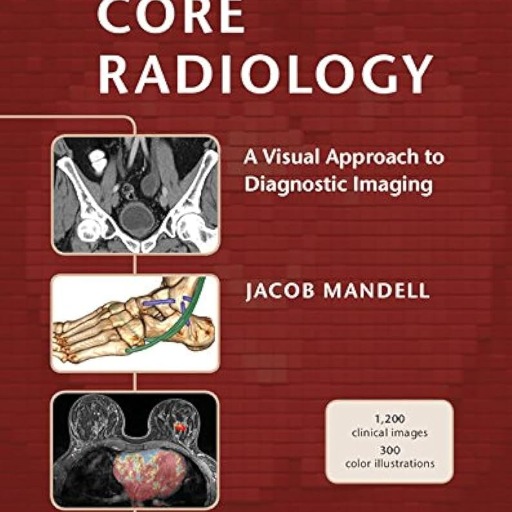CTA-AI-Powered Insight Generation
AI-powered insights for smarter decisions.
Related Tools
Load More
CBT GPT
CBT insights; not a substitute for licensed therapy.

CTF Expert
CTF Expert in Web Exploitation, Cryptography, Reverse Engineering, Forensics, and Binary Exploitation.

RadiologyGPT
Virtual radiologist, based on radiology textbooks. As accurate as it gets. 🩻

MRI Master
Expert in advanced MRI techniques and data analysis
CTO-GPT
Chief Technology Officer

T.G.
オンラインごとうさん
20.0 / 5 (200 votes)
Introduction to CTA
CTA (Call To Action) is designed to help users craft compelling and effective calls to action using data analysis frameworks. The core function of CTA is to transform insights derived from data into powerful action statements that drive user engagement and conversion. By using structured methodologies, CTA ensures that the generated calls to action are based on rigorous data analysis, making them more targeted and impactful. For instance, a marketing team analyzing website traffic data might use CTA to create specific CTAs that resonate with different audience segments, leading to higher click-through rates and conversions.

Main Functions of CTA
Data Analysis
Example
CTA uses frameworks like QuickInsight, MetaInsight, and XInsight to analyze data trends and patterns.
Scenario
A company wants to understand customer behavior on its e-commerce site. CTA analyzes the browsing and purchase data to identify which products are most popular during specific times, helping the company to tailor its marketing strategies accordingly.
Insight Summarization
Example
CTA summarizes insights from various data points to provide a clear and concise understanding.
Scenario
An organization conducting a survey to measure employee satisfaction uses CTA to summarize feedback, highlighting the main areas of concern and satisfaction, which helps in making informed decisions for improving workplace conditions.
Comparative Analysis
Example
CTA compares different data sets to identify anomalies and trends.
Scenario
A financial analyst uses CTA to compare quarterly sales data across different regions. The analysis reveals that one region consistently underperforms, prompting a deeper investigation into potential causes and solutions.
Ideal Users of CTA Services
Marketing Professionals
Marketing teams can leverage CTA to create data-driven campaigns that are more likely to engage and convert their target audience. By understanding customer behavior and preferences through detailed analysis, marketers can craft personalized and compelling calls to action.
Business Analysts
Business analysts benefit from CTA's ability to provide deep insights into various business metrics. By summarizing and comparing data, analysts can identify trends, detect anomalies, and make strategic recommendations to drive business growth.

How to Use CTA
1
Visit aichatonline.org for a free trial without login, no need for ChatGPT Plus.
2
Familiarize yourself with the interface and available features by exploring the main dashboard.
3
Input your query or task description clearly and concisely for accurate responses.
4
Review the generated insights and suggestions, and adjust your query if needed for more specific results.
5
Utilize the insights for your projects, ensuring to integrate them appropriately based on the context of your work.
Try other advanced and practical GPTs
Coinmarcetcap Crypto Analysis
AI-Powered Cryptocurrency Insights.

行銷武士流產品文案產生器
AI-Powered Product Copywriting Simplified

Agile User Story Writer
AI-powered Agile user story creation

ChatBlackGPT Beta
Empowering insights from Black perspectives with AI

Family Doctor
AI-powered medical information at your fingertips.

GPT WP
AI-Powered Solutions for WordPress Developers

Walku:re Report
Predict your startup’s success with AI

日本法律ガイド
AI-powered Japanese Legal Guide

推敲マスター
Refine Your Writing with AI

Web Explorer
AI-powered insights for smarter research

Web Copywriter
AI-Powered Web Copywriting Made Easy

Technology GPT
AI-Powered Insights for Technology Enthusiasts

- Academic Writing
- Data Analysis
- Market Research
- Project Planning
- Trend Analysis
Detailed Q&A about CTA
What is CTA designed for?
CTA is designed to provide detailed data analysis, insights, and actionable recommendations for various use cases including academic writing, marketing strategies, and project planning.
Can I use CTA without any prior experience?
Yes, CTA is user-friendly and designed for individuals with varying levels of expertise. Its intuitive interface makes it accessible for beginners and professionals alike.
What types of insights can CTA provide?
CTA can provide insights on trends, comparative analysis, summaries, and detailed explanations of data anomalies, helping users make informed decisions.
Is there any cost associated with using CTA?
CTA offers a free trial that does not require a login. Additional features and extended usage may be available through subscription plans.
How can I optimize my experience with CTA?
To optimize your experience, clearly define your queries, explore all features, and iteratively refine your questions to obtain the most relevant and comprehensive insights.